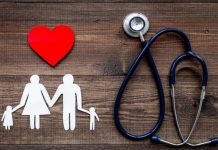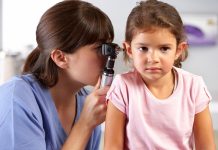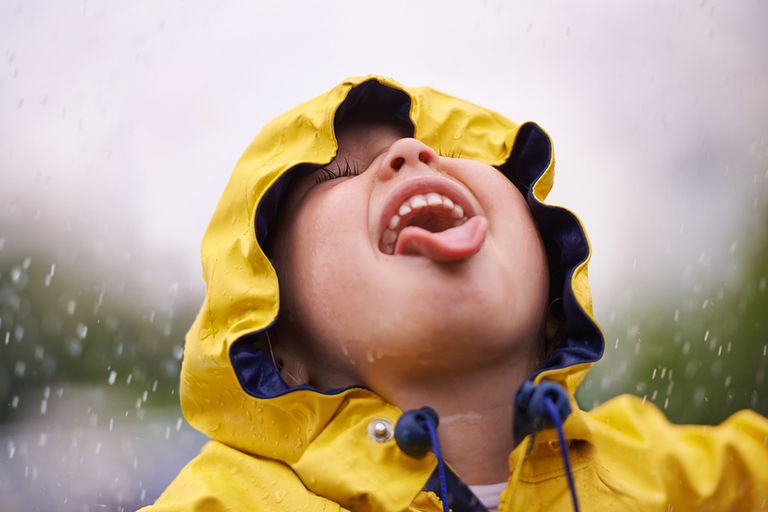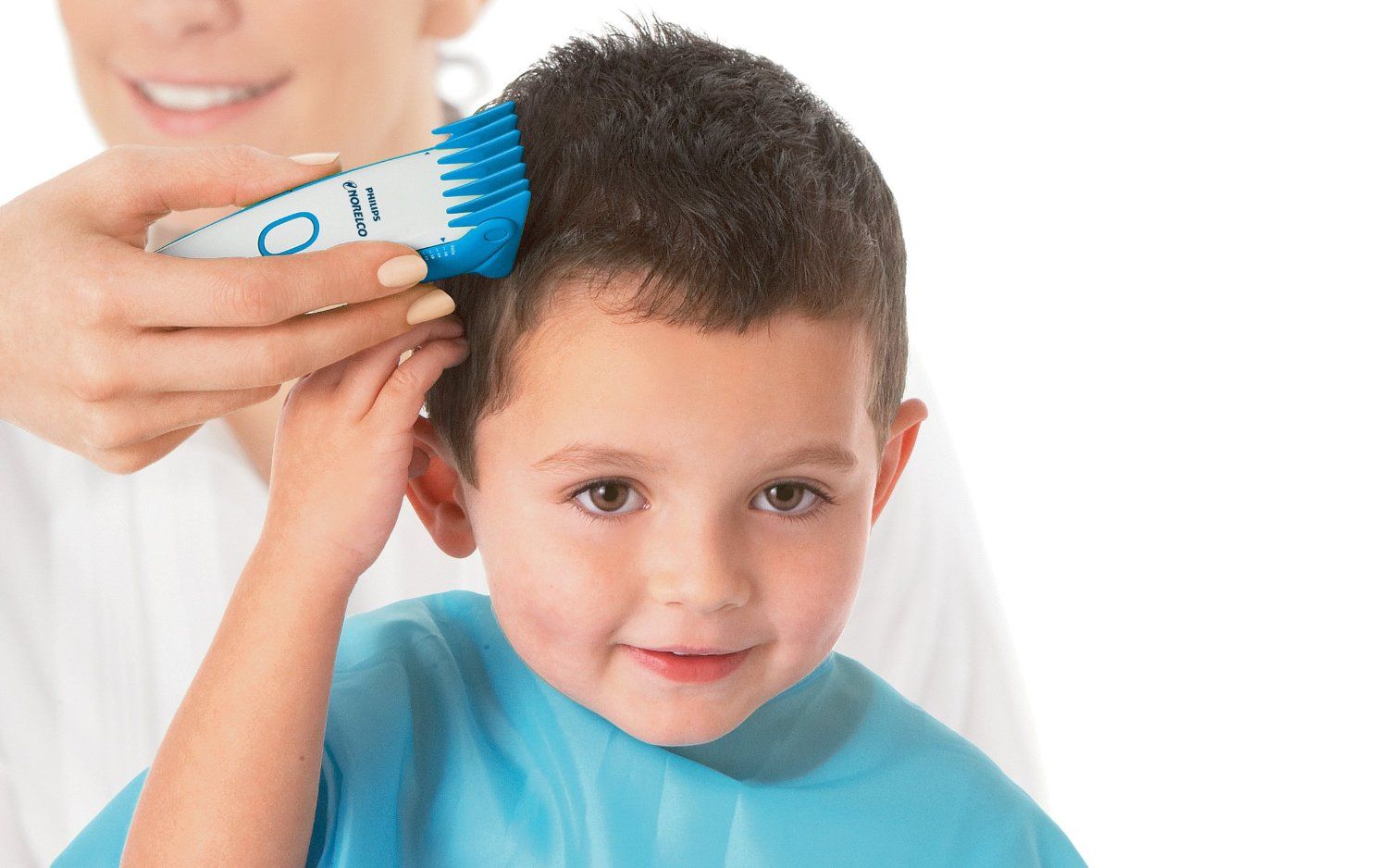Leukemia is a cancer of the white blood cells. It is the most common type of cancer in both children and teens. Learn more about it by reading the following for info on its causes and symptoms and treatment options.
Childhood Leukemia: Causes, Symptoms, Treatment & Prevention
Causes and Symptoms
Leukemia occurs when immature blood cells’ DNA, especially white blood cells, are damaged. If they are, they will unstoppably grow and divide, resulting in a very high count of them.
The abnormal blood cells don’t die but accumulate and occupy more space, unlike healthy cells that should die and replace by new ones after a while.
As more and more cancer cells thrive, they invade and stop the healthy blood cells from developing and functioning properly because they occupy most of the blood’s space.
Later on, the abnormal cells outnumber and crowd out the normal cells.
Risk factors
What are the risk factors of developing this disease? These include the following suspected or known ones.
- Artificial hair color/dye
- Smoking
- Artificial ionizing radiation
- Down syndrome – people with it can be of higher risk because of chromosomal changes
- Genetic predisposition, such as a fault in one or a couple of genes
- Viruses, such as HIV and human T-lymphotropic virus
- Alkylating chemotherapy agents utilized if there were previous cancers
- Some petrochemicals and benzene
- With insufficient evidence to confirm but electromagnetic energy exposure might also lead to it based on initial studies
Signs and Symptoms
Unfortunately, there are no obvious symptoms in the early stages of many types of leukemia, so it might be hard to recognize if someone has it. But later on, signs and symptoms can start surfacing, and they include but not limited to the following:
- A tendency to bleed or bruise easily, including bleeding from the nose or gums
- A tendency to develop bronchial pneumonia or sore throat and other infections usually accompanied by mouth sores, low-grade fever, skin rash and headache
- Blood in the urine or stool
- Sudden weight loss
- Feeling of discomfort due to swollen spleen
- Loss of appetite
- Swollen lymph nodes in the groin, armpits or throat
- General feeling or illness
- Anemia
- Pallor
- Fatigue
These are only a couple of symptoms associated with leukemia. But for those who have an abnormally high white blood cell count, they can also suffer from visual conditions because of retinal hemorrhage, mental status changes, tinnitus, stroke and prolonged erection.
In some types of leukemia, they can affect the middle structure of the chest. For example, leukemia can lead to enlarged lymph nodes in the chest, causing the pressing on the trachea that leads to trouble breathing or coughing.
In some cases, patients with very high white blood cell count can also suffer from trouble breathing due to the building up of the leukemia cells in the small blood vessels of the lungs.
Treatment and Rehabilitation
Its main treatment is chemotherapy and a higher dose for children with higher risks types. The latter can be given in conjunction with a stem cell transplant or other treatments in special circumstances.
For nearly all types of leukemia, it is the main treatment involving anti-cancer drugs administered into a muscle, into a vein or into the cerebrospinal fluid. Medication can also be taken in the form of pills.
On the other hand, surgery has a limited role in treating leukemia because the leukemia cells have spread throughout the many organs through the blood and bone marrow, so it is not a possible cure.
Radiation therapy
There is also radiation therapy involving high-energy radiation to kill leukemia cancer cells. In certain childhood leukemia, targeted therapy involving targeted drugs is used instead or along with chemotherapy.
Immunotherapy
Immunotherapy is another treatment option to treat childhood leukemia. It involves using one’s immune system to recognize and kill the leukemia cells.
Above are mainstream treatments for leukemia, but recently alternative medicine, such as cannabis, is gaining attention to help in the treatment of leukemia.
According to a paper at the BioMed Central Cancer, THC might have anti-tumor properties, noting it could contribute to the control of cancer.
Backing it up, a study to find at the Molecular Cancer Research’s journal shows that THC could induce apoptosis in leukemia T cells.
[What is apoptosis? It’s the body’s natural function that leads to the controlled death of cells being a part of an organism’s development.]
When used with chemotherapy, certain cannabinoids, which have anticancer effects, might have their potential uses in some forms of leukemia.
Patients can also take advantage of the benefits of CBD Oil, which can help in reducing chemo dose needed to achieve the effects of higher doses.
What might work is combining it with low doses of chemo, which also means fewer side effects of the treatment.
For children that survived or that have been undergoing leukemia treatment, they might be able to recover faster in a CLHF homes with the right rehabilitation and recovery plan.
It can help in improving physical strength, reducing support needed from caregivers, adjusting to potential losses, reducing anxiety and depression and managing cancer symptoms, such as pain and sleeping problems, and treatment.
Leukemia can be treated with early diagnosis and proper treatment. If you notice any of the symptoms in your child, take him to his/her pediatrician as soon as possible!













